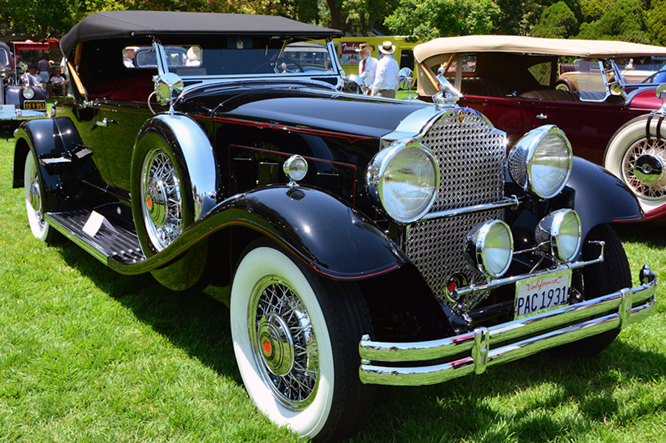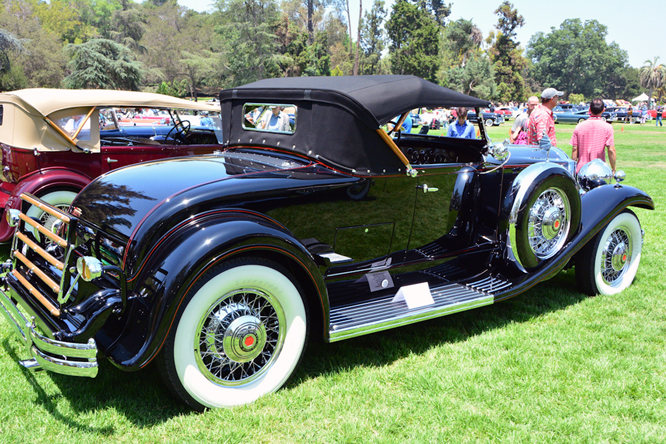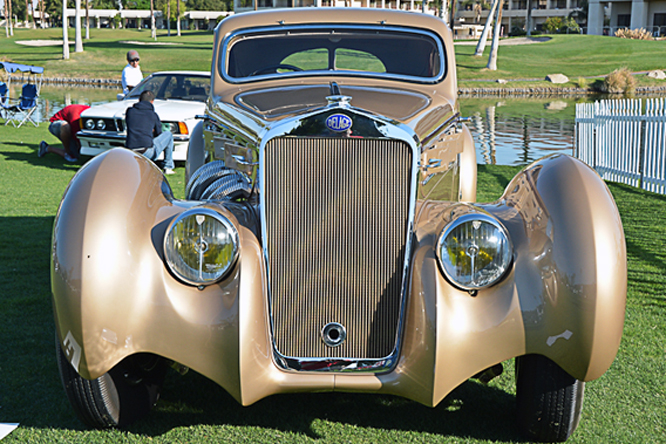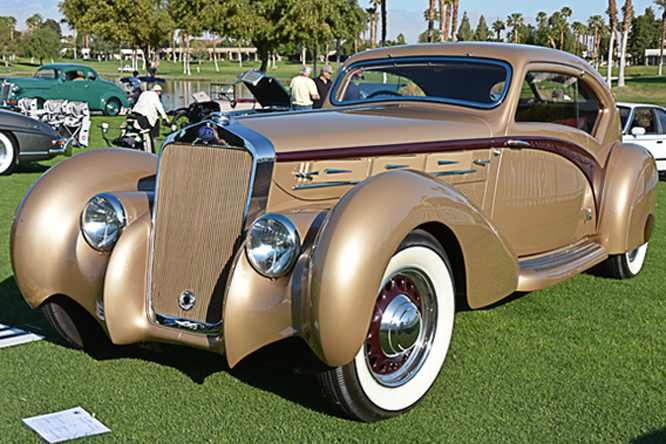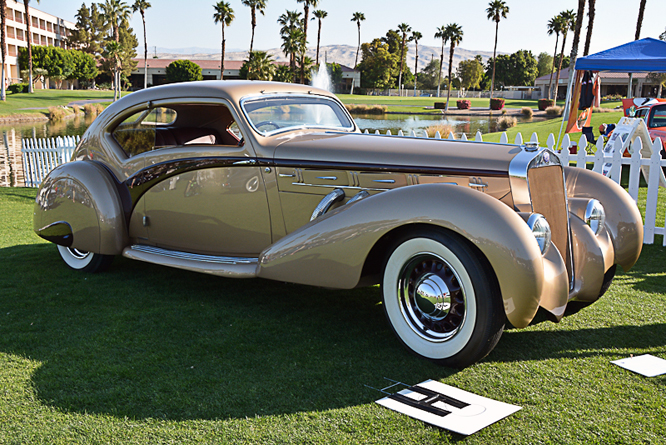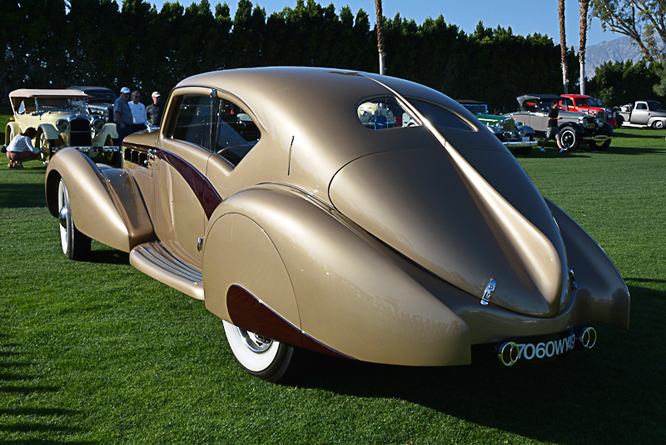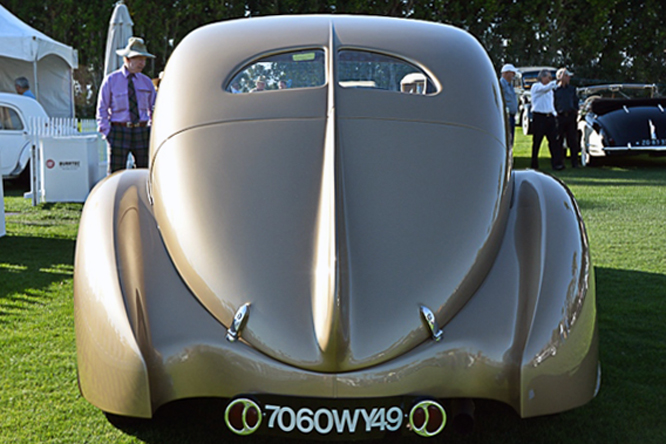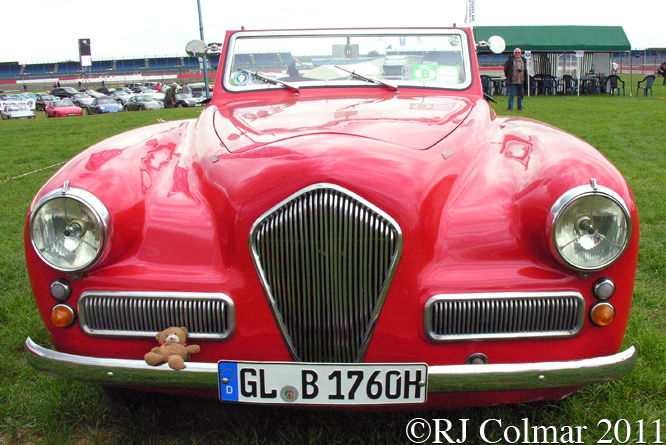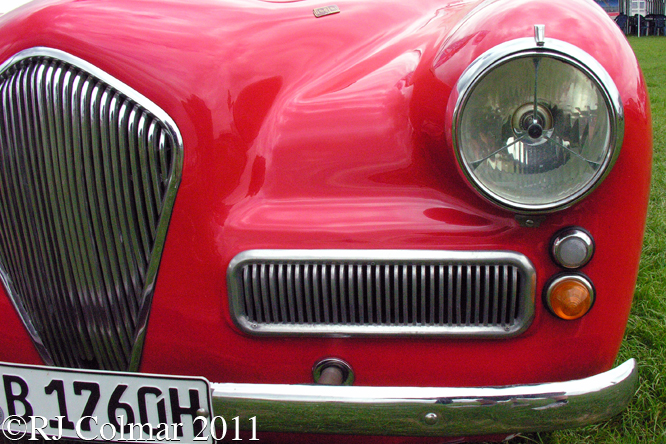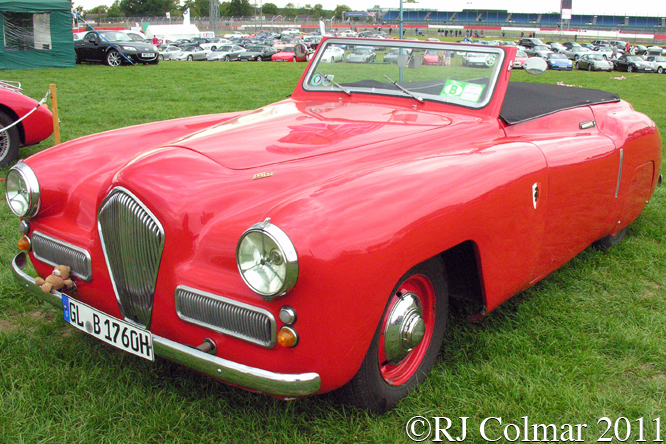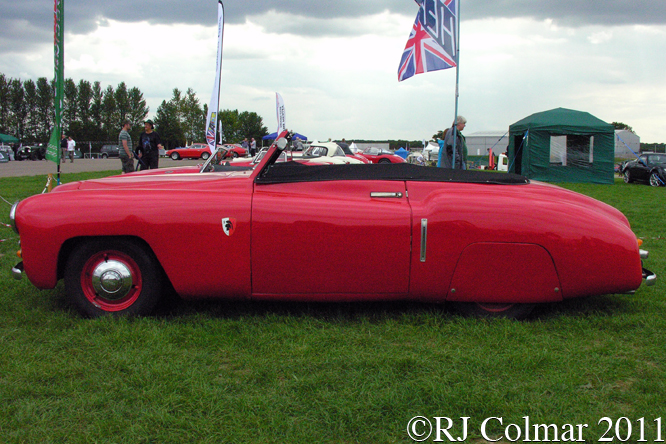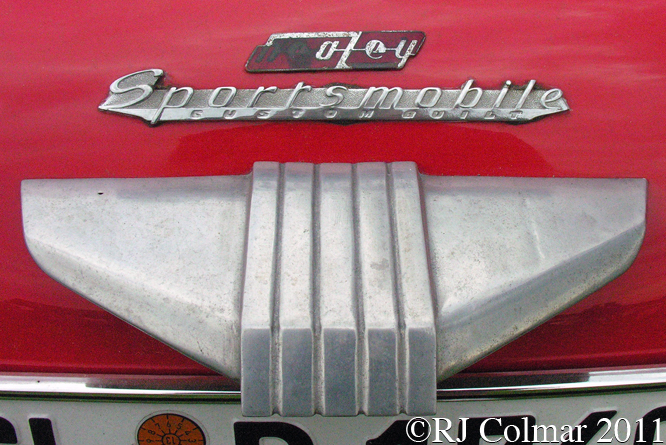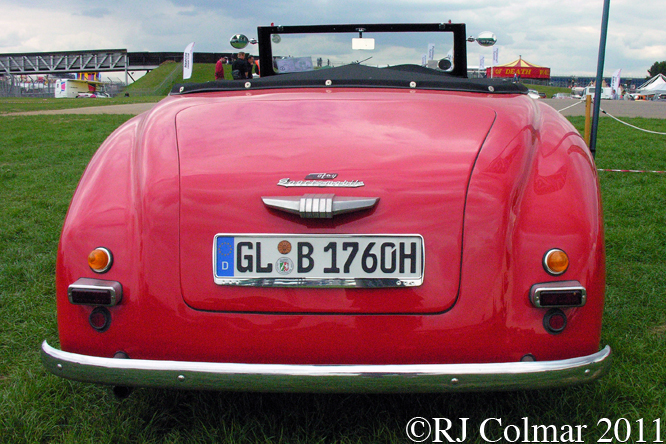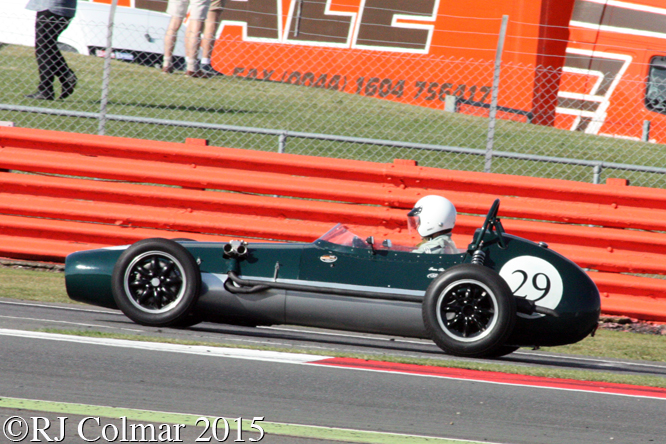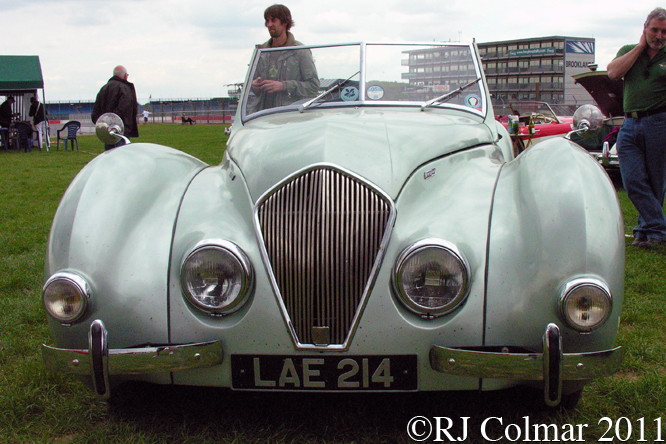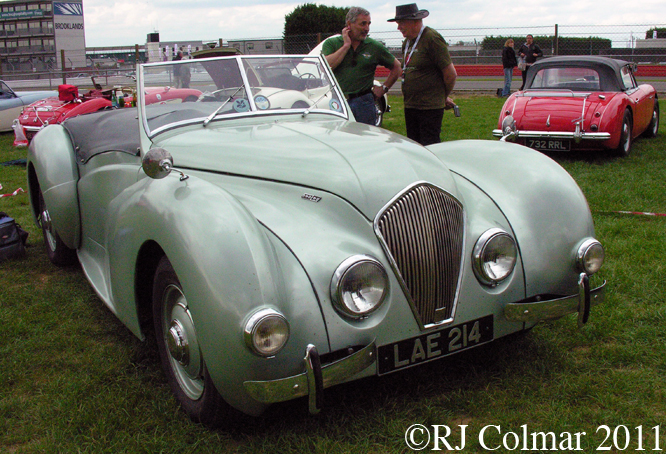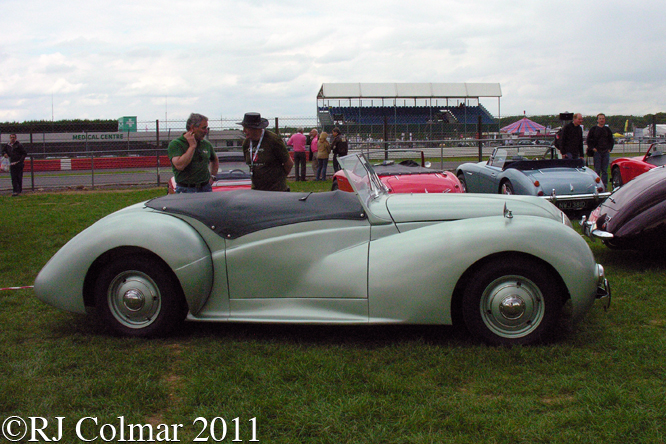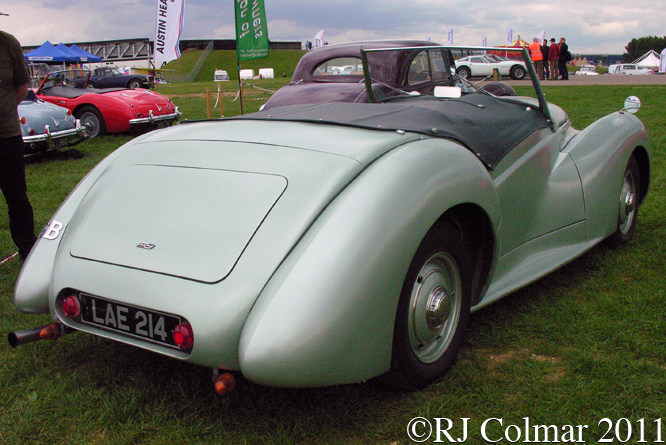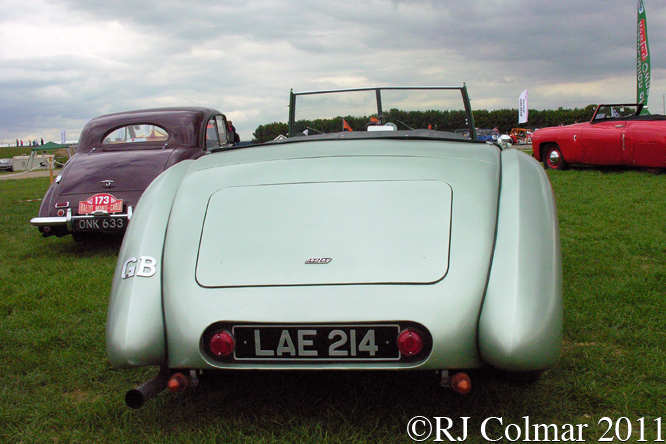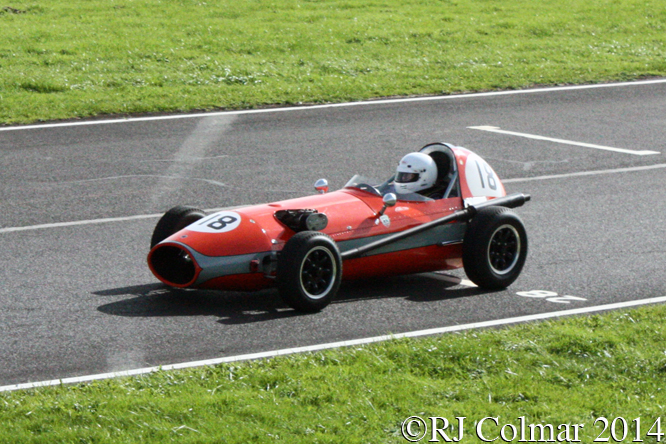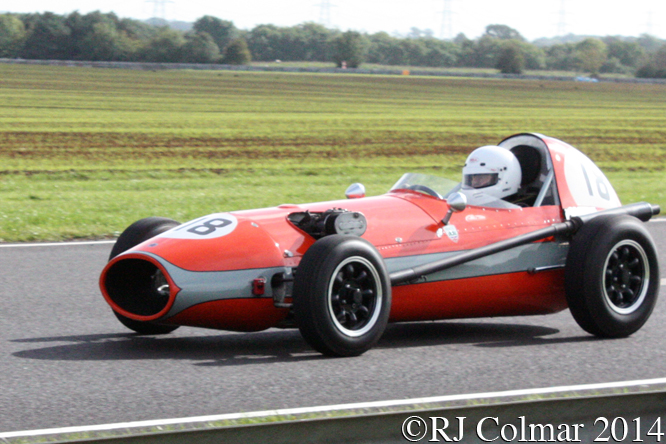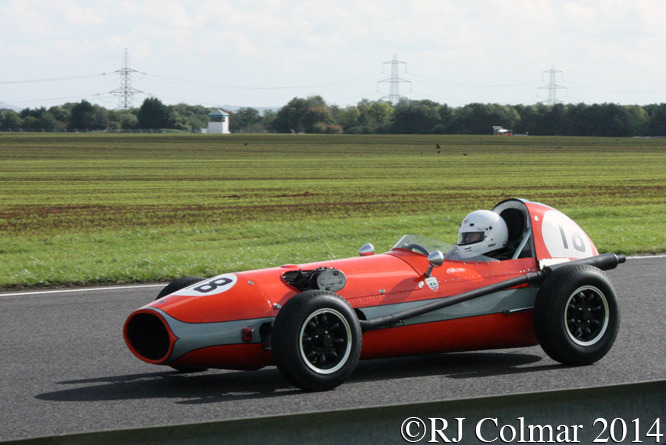Based in Adelaide, Australia Jack Waye built today’s featured Waye 500 in 1953 and painted it red.
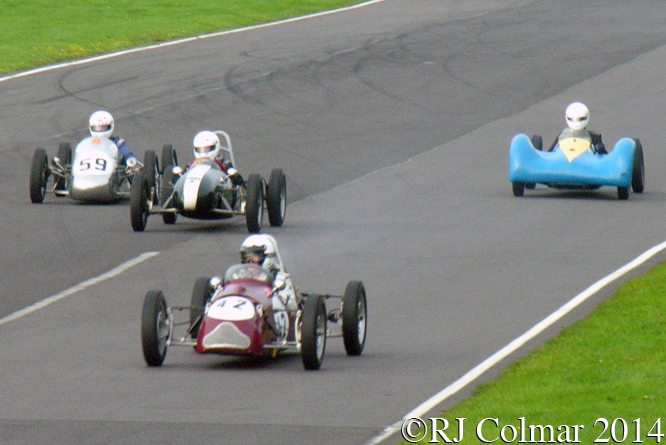
Featuring a pair of conventional if no longer on trend transverse leaf springs front and rear the Waye was orignally powered by a JAP speedway engine fitted with a Norton gearbox.
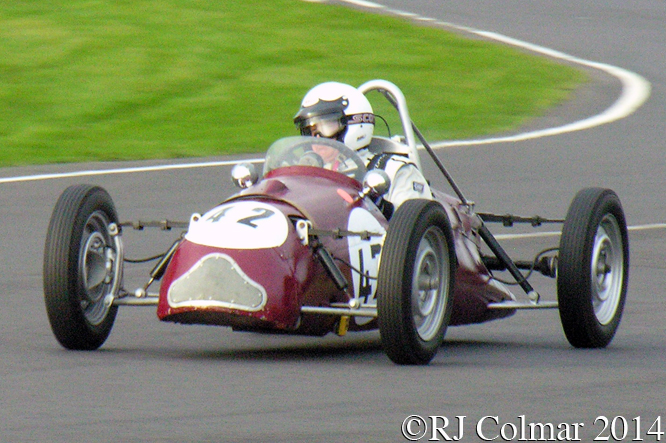
Jack sold the Waye 500 to Kevin Fuss in 1955 and in the ’56 / ’57 off season Kevin swapped the JAP motor for a Manx Norton, and made sprockets with different ratio’s for hillclimbing and circuit racing.
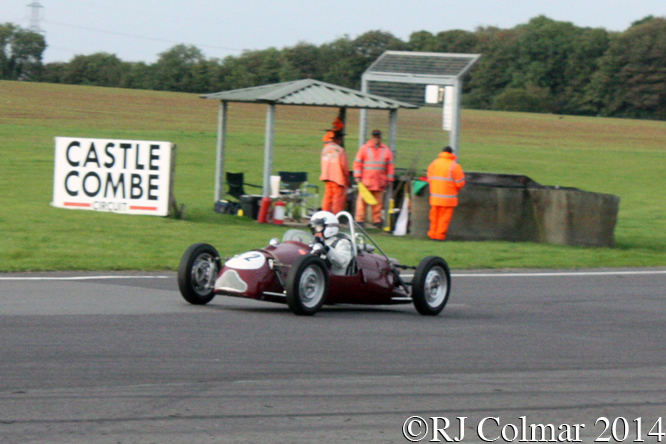
While Kevin mostly drove the car while it was in his ownership, until 1966, on one occasion Bernie O’Hare was credited with recording a top speed of 98mph at the wheel of the Waye 500 at Collingwood.
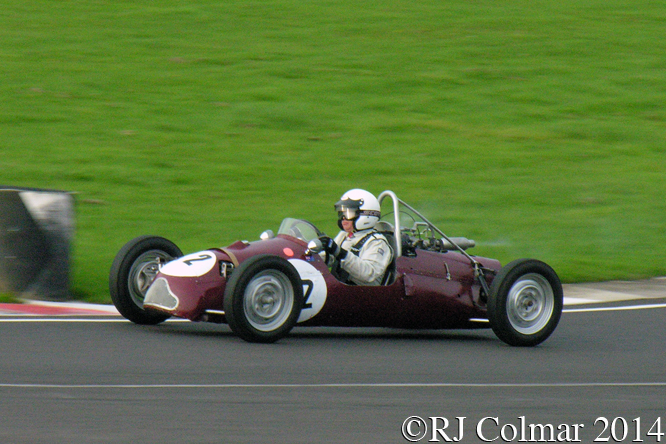
John Vinall became the third owner of the Waye 500 but only raced it until the end of 1967 when he discovered cracks in the flywheel.
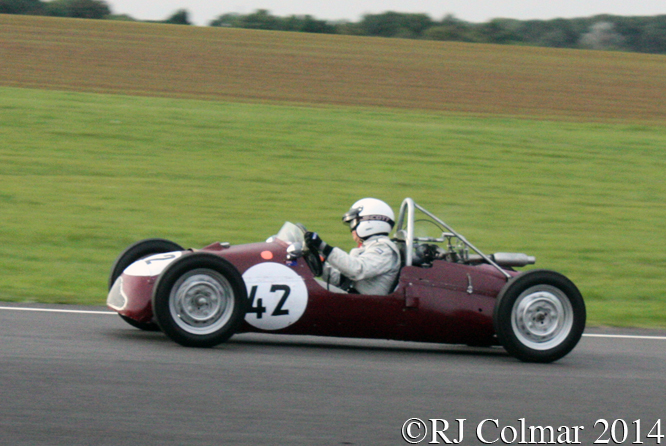
John and his fiancee were killed in a road accident four years later and it was not until 1993 Waye 500 ran again after his brother David had the engine overhauled.
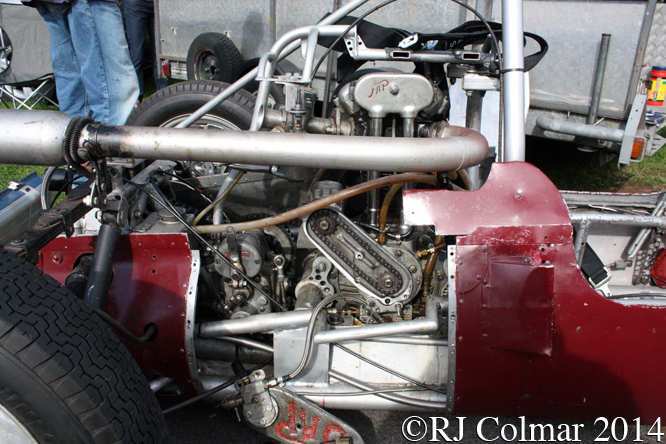
The overhauled engine did not run well after it’s second practice run and the car was put back into storage until it was bought by David and Andrew Halliday in Sydney, Australia.
When they removed the Manx Norton to fit it into a Cooper they discovered that the timing had slipped which is what had caused the engine to malfunction in 1993.
In 2011 Andrew Halliday advertised the Waye now fitted with a JAP engine again and it was bought by Doug Yates, who is seen at the wheel in these photographs at Castle Combe.
My thanks to members of The Nostalgia Forum who contributed to the Motorbike powered race cars 1950 to 1980 thread, particularly Greg Mackie and John Medley and to one lung who contributed to the Personal photos of Australian motor racing ’50s to ’70s thread all of which helped lead to discovering that J Waye was the most likely candidate to have built the Waye 500.
I’d also like to thank John Bolly Blog Low for helping me establish that J stood for Jack and finally previous owner Andrew Halliday for :-
a) advertising the Waye for sale on Loose Fillings PDF in 2011
and
b) sharing details about the Waye 500 with editor Graham Howard, producer Terry Wright and publisher Garry Simkin who ran a small article, on which most of today’s blog is based on, in the 2nd edition of Loose Fillings published in Winter 1999.
Thanks for joining me on this “Jack’s 500” edition of “Gettin’ a li’l psycho on tyres”, I hope you will join me again tomorrow when I’ll be looking at a Leyland Concept car with a square wheel. Don’t forget to come back now !
